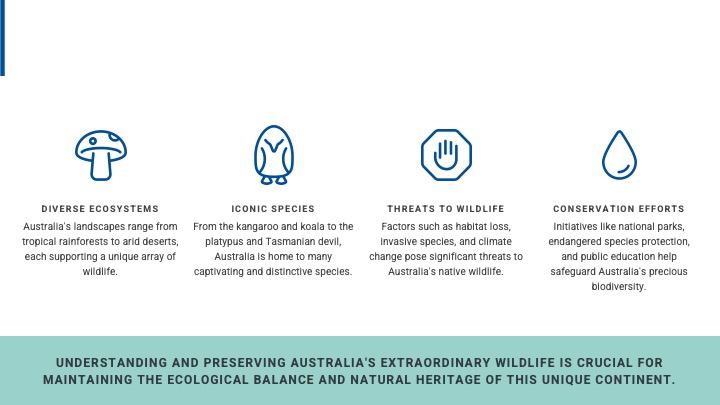Australia employs a comprehensive framework of criteria and indicators to measure sustainable forest management (SFM). This framework is aligned with the Montreal Process, which provides a standardized approach for assessing the sustainable management of temperate and boreal forests. The current framework consists of seven key criteria, each accompanied by specific indicators that help evaluate progress towards sustainability.
Key Criteria and Indicators
- Conservation of Biological Diversity
- Indicators include the area of forest by type and tenure, species diversity, and habitat availability for forest-dependent species.
- Maintenance of Productive Capacity of Forest Ecosystems
- This criterion focuses on the area suitable for timber production, annual wood production compared to sustainable harvest levels, and regeneration success rates.
- Maintenance of Ecosystem Health and Vitality
- Indicators assess the scale and impact of disturbances affecting forest health, including pests, diseases, and human-induced changes.
- Conservation and Maintenance of Soil and Water Resources
- This includes monitoring changes in water yield characteristics in forested catchments and assessing risks to soil attributes.
- Maintenance of Forest Contribution to Global Carbon Cycles
- Indicators measure total forest biomass and carbon pools across different forest types and age classes.
- Maintenance and Enhancement of Long-term Multiple Socioeconomic Benefits
- This criterion evaluates the socioeconomic contributions of forests to communities, including employment opportunities and recreational benefits.
- Legal, Institutional, and Economic Framework for Forest Conservation and Sustainable Management
- It assesses the effectiveness of laws, policies, and governance structures that support sustainable forest management practices.
Importance of the Framework
The framework aims to provide a common understanding of sustainable forest management by simplifying complex ecological interactions into measurable components. The indicators are designed to track changes over time, allowing for adaptive management strategies that respond to evolving environmental conditions and community needs[1][2][3].
Regular reporting through mechanisms such as the State of the Forests Report ensures transparency and accountability in forest management practices across Australia[3].
Sources
[1] Australia’s Framework of Criteria and Indicators – DAFF https://www.agriculture.gov.au/abares/forestsaustralia/framework
[2] [PDF] Ecologically Sustainable Forest Management Criteria and Indicators … https://www.epa.nsw.gov.au/~/media/EPA/Corporate%20Site/resources/forestagreements/revised-ecologically-sustainable-forestry-management-criteria-indicators-160178.ashx
[3] Australia’s Sustainable Forest Management – DAFF https://www.agriculture.gov.au/agriculture-land/forestry/australias-forests/forest-mgnt
[4] [PDF] Criteria and Indicators for Sustainable Forest Management in Victoria https://www.forestsandreserves.vic.gov.au/__data/assets/pdf_file/0024/30867/Vic_Indicators_for_SFM_Summary.pdf
[5] [PDF] Criteria and Indicators for Sustainable Forest Management in Victoria https://www.forestsandreserves.vic.gov.au/__data/assets/pdf_file/0022/30865/Vic_Indicators_for_SFM_Guidance.pdf
[6] [PDF] Achievements in Australia from using a criteria and indicator … https://foris.fao.org/wfc2015/api/file/557565493622aebc23b4b3be/contents/0b53bbf4-5465-4580-a6a2-c75d33bd3332.pdf
[7] Science Leading The Way in Sustainable Forest Management https://sustainableforestmanagement.com.au/science-leading-the-way-in-sustainable-forest-management/
[8] Conservation of Australia’s Forests https://www.agriculture.gov.au/agriculture-land/forestry/australias-forests/forest-mgnt/conservation

